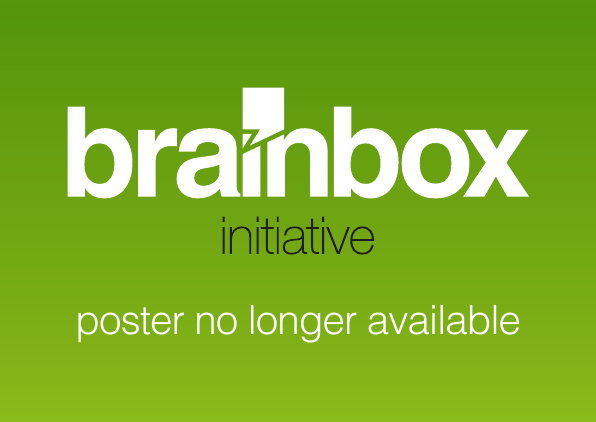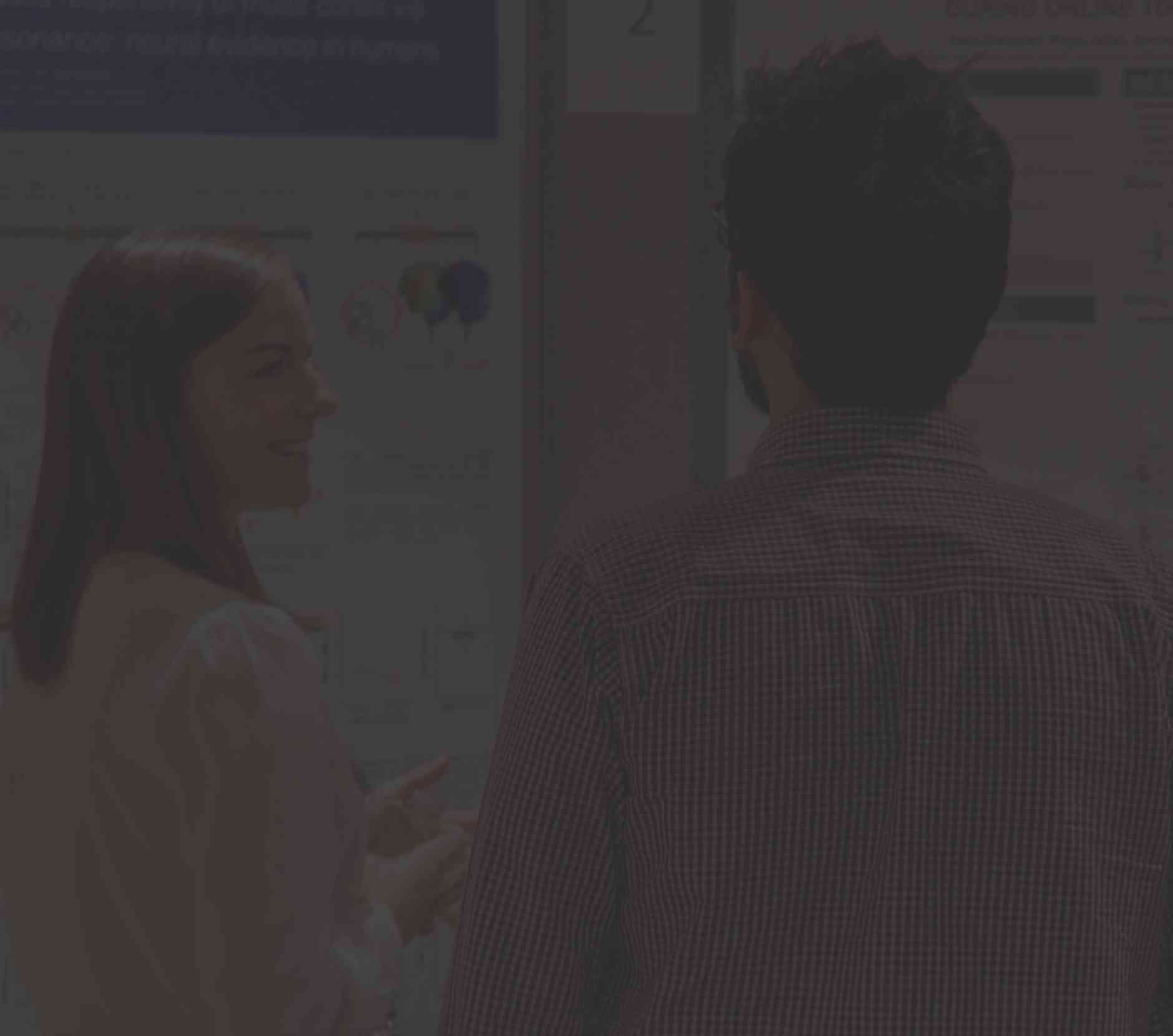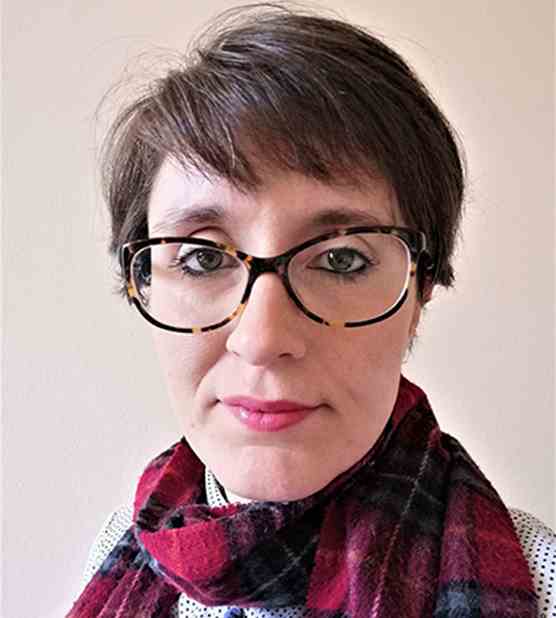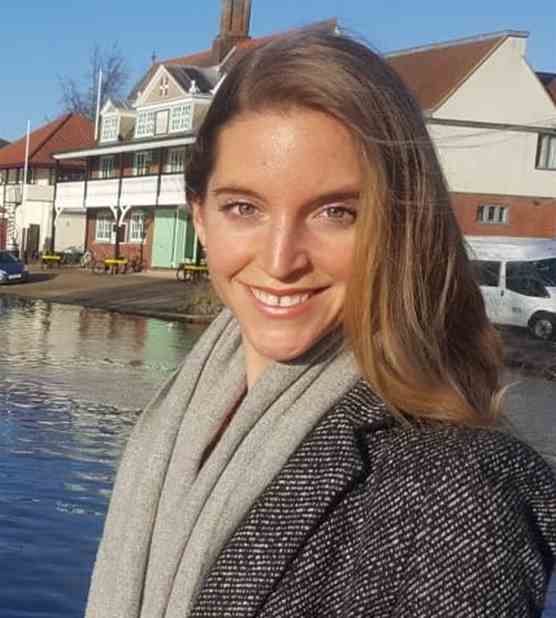![]()
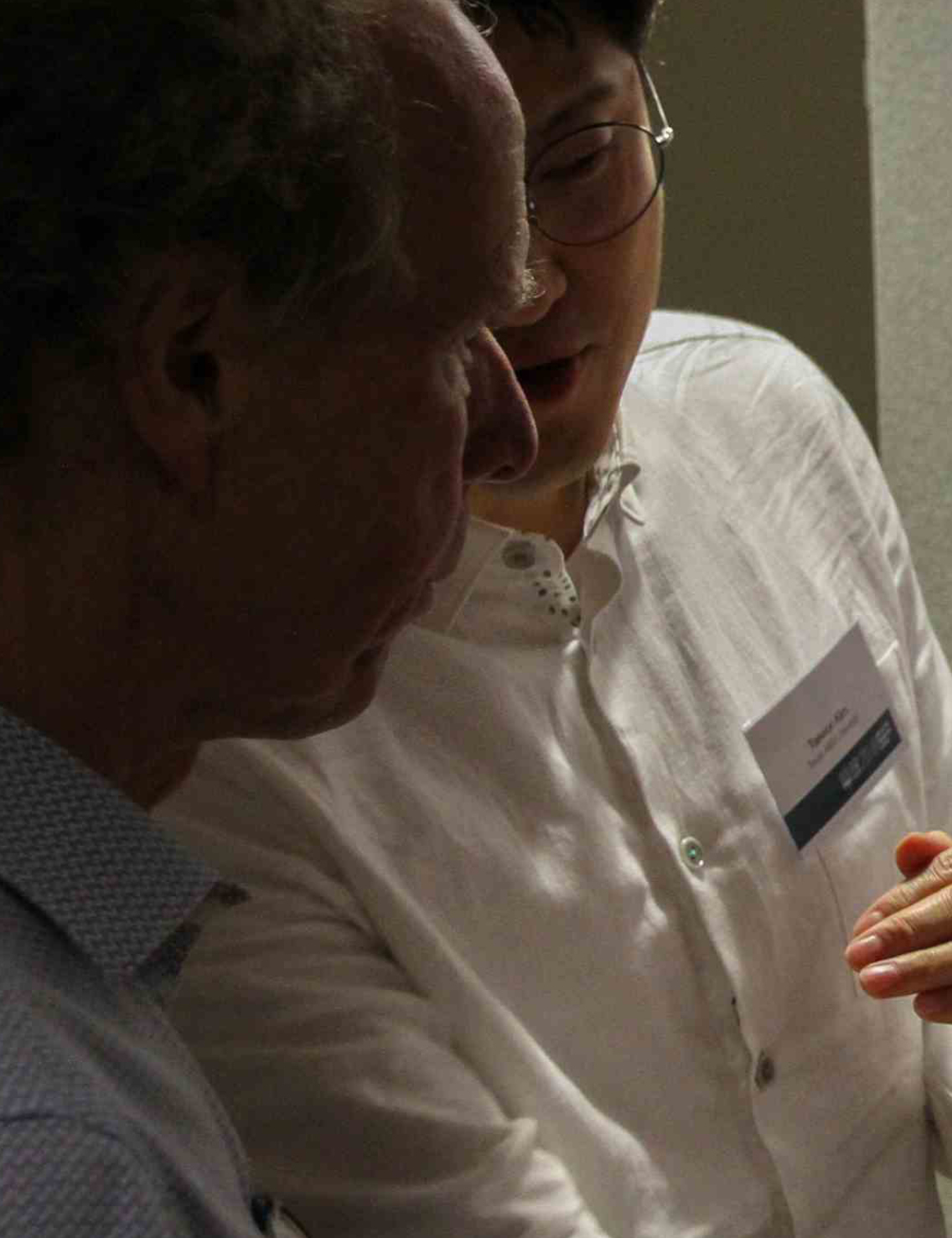
2019 Conference
The Brainbox Initiative Conference 2019 took place at the Wellcome Collection in Central London on September 26-27, 2019.
Keynote speakers included Professor Helen Mayberg of the Icahn School of Medicine at Mount Sinai and Professor Hartwig Siebner of the DRCMR.
The Brainbox Initiative Conference brings together rich, field-leading expertise in non-invasive brain stimulation and brain imaging. Our conference is unique in encouraging the presentation of groundbreaking research from neuroscientists at all stages of their careers, offering postdoctoral researchers and some of the most well-known names in neuroscience the opportunity to present their work on the same stage. By bringing together such a wide audience, the Brainbox Initiative Conference stimulates new avenues for networking, discoveries, and collaboration in the field.
Our speakers
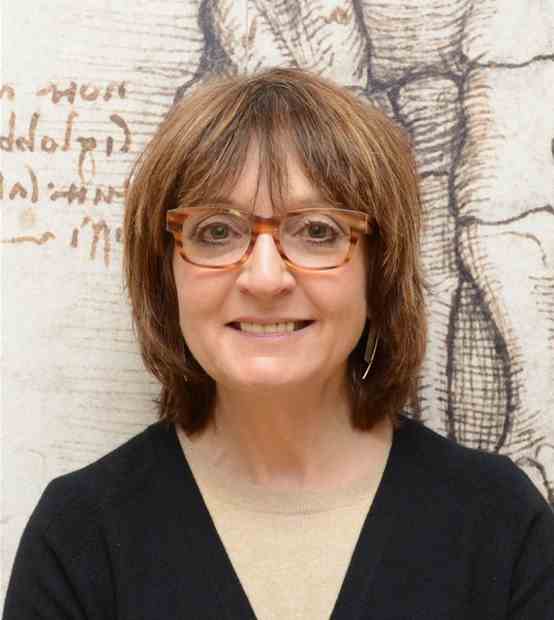
Professor Helen Mayberg
Icahn School of Medicine at Mount Sinai
Neurology, Neurosurgery, Psychiatry and Neuroscience
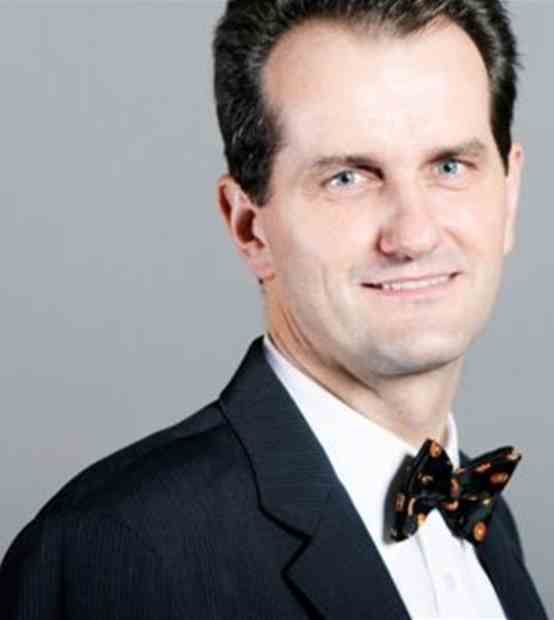
Professor Hartwig Siebner
DRCMR
Biophysically Adjusted, State-Informed Brain Stimulation (BASICS)
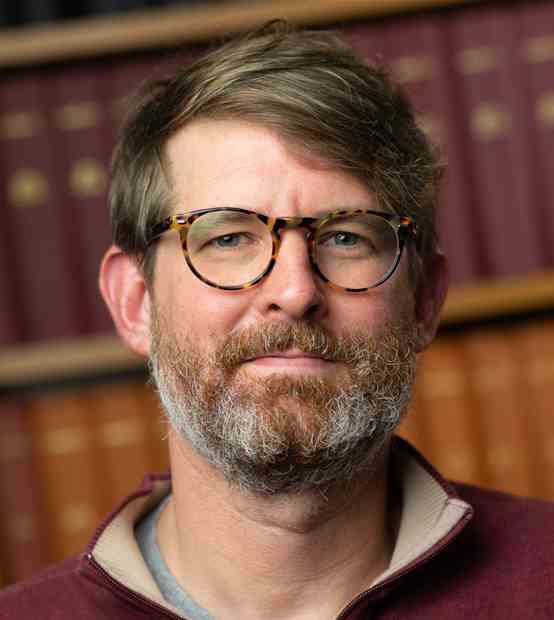
Professor Tim Denison
University of Oxford
Engineering Science and Clinical Neurosciences
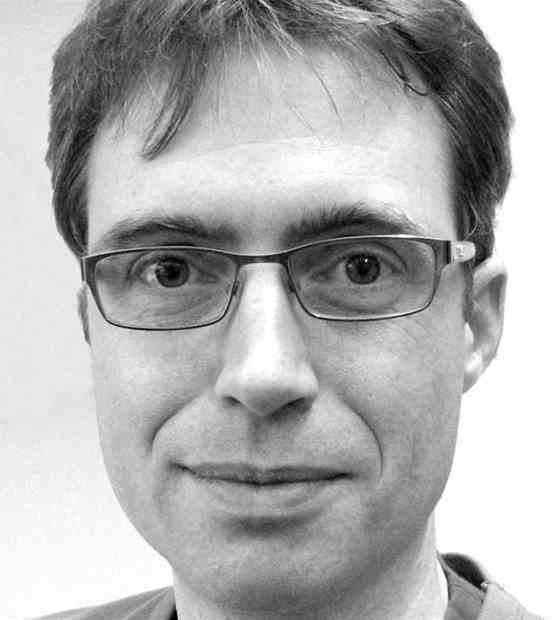
Dr Axel Thielscher
DRCMR
Computational Modelling
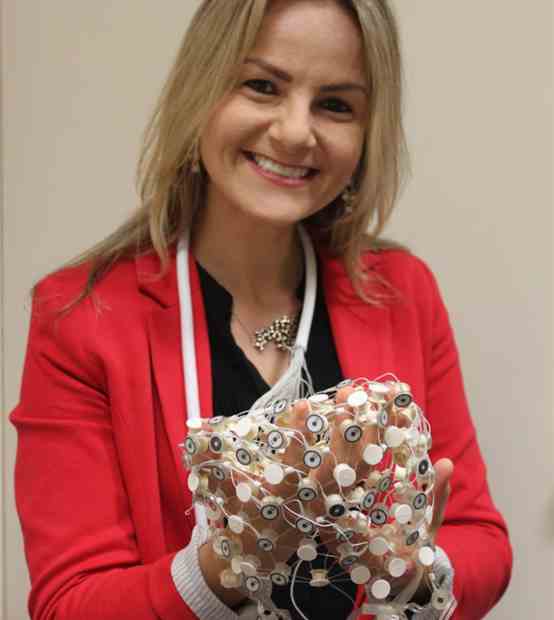
Dr Caroline Di Bernardi Luft
Queen Mary University of London
Combined EEG & tDCS
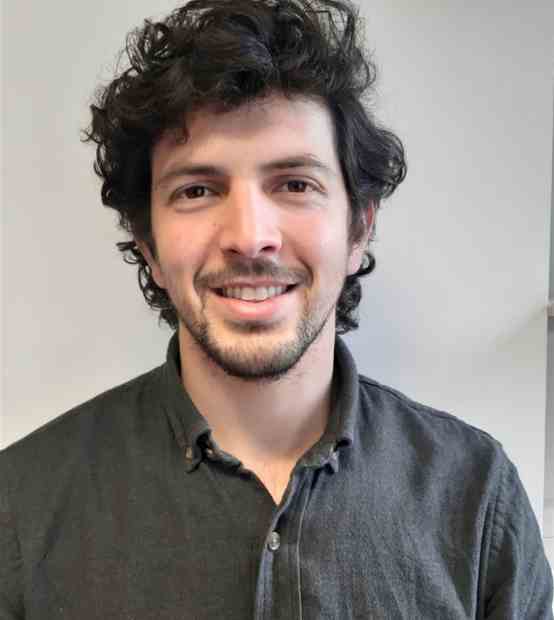
Dr Danny Spampinato
University College London
Biomedical Engineering
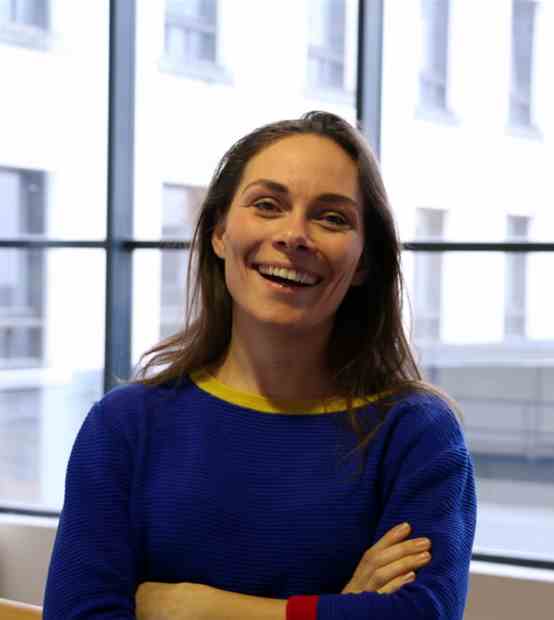
Dr Eleonore Smalle
Ghent University
Neural mechanisms supporting language learning in adults
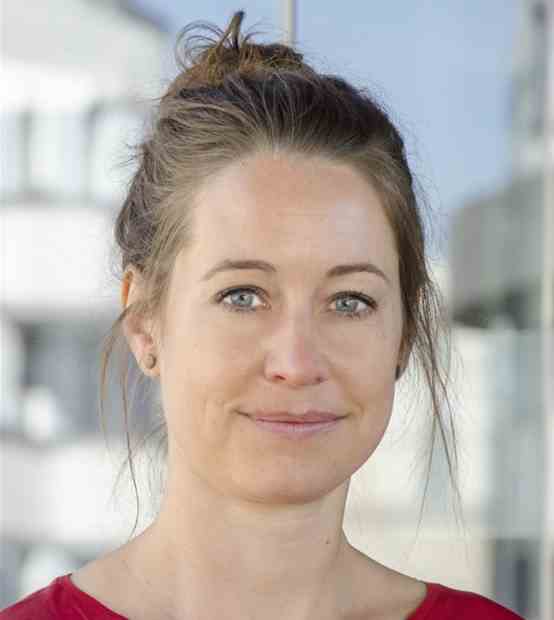
Dr Gesa Hartwigsen
Max Planck Institute for Human Cognitive and Brain Sciences
Adaptive plasticity in neural networks for cognition across the adult life span
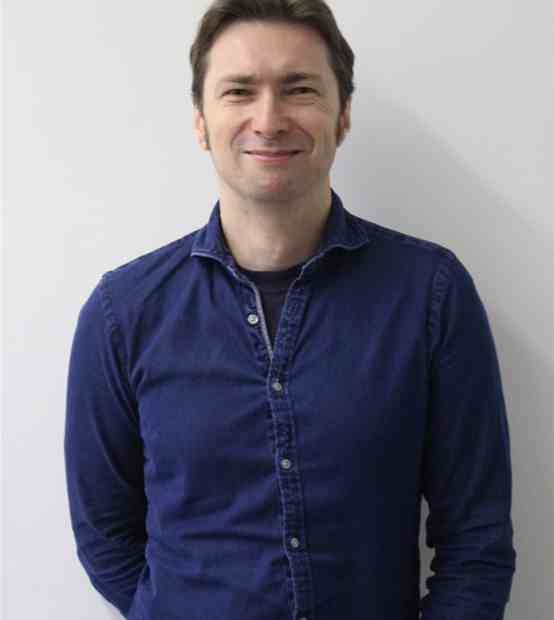
Dr James Dowsett
LMU Munich
Neural oscillations and multisensory integration
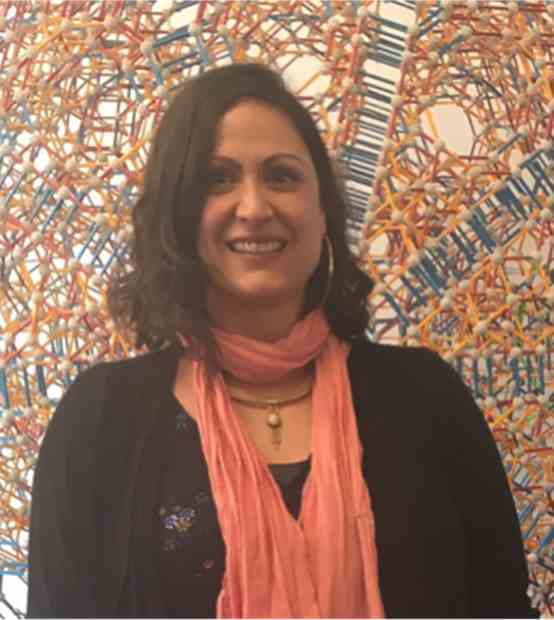
Dr Jen Chesters
University of Oxford
Brain stimulation and imaging techniques in people with speech conditions

Professor Helen Mayberg
Icahn School of Medicine at Mount Sinai
Helen Mayberg, MD is Professor of Neurology, Neurosurgery, Psychiatry and Neuroscience, and the Mount Sinai Professor in Neurotherapeutics at the Icahn School of Medicine.
Known for studies of brain circuits in depression and for her pioneering deep brain stimulation research, Dr. Mayberg moved to New York in 2018 as the Founding Director of the Center for Advanced Circuit Therapeutics, where she leads a patient-focused research team of neurologists, psychiatrists, neurosurgeons, neuroscientists and engineers with the shared mission to advance precision surgical treatments for complex neuropsychiatric disorders.
Over her career, her work has characterized neural systems mediating major depression and its recovery, defined imaging-based illness subtypes to optimize treatment selection and introduced the first use of DBS for treatment resistant patients.
Dr. Mayberg received a BA in Psychobiology from UCLA and a MD from University of Southern California. She then completed her neurology residency at the Neurological Institute of New York at Columbia University followed by fellowship training in nuclear medicine at Johns Hopkins. She is a member of the National Academy of Medicine, the National Academy of Arts and Sciences, and the National Academy of Inventors, and has authored more than 220 peer-reviewed publications and participates in a wide variety of advisory and scientific activities across multiple fields in neuroscience.

Professor Hartwig Siebner
DRCMR
Hartwig Roman Siebner is head of the Danish Research Centre for Magnetic Resonance (DRCMR) at Copenhagen University Hospital Hvidovre and full professor for Precision Medicine at the Faculty of Health and Medical Sciences, University of Copenhagen. He is a board certified neurologist and has worked as research fellow at Technische Universität München (TUM, Germany, 1995-2002) and University College London (UCL, UK, 2000-2002), and professor / principal investigator at Christian Albrechts University Kiel (CAU, Germany) and NeuroImage-Nord (Hamburg-Kiel-Lübeck, Germany, 2002-2008).
Hartwig Roman Siebner is a brain network scientist and combines functional and structural brain imaging with interventional protocols such as non-invasive transcranial brain stimulation (NTBS), pharmacological challenges, or training. He uses this combined intervention-mapping approach to infer causal brain dynamics in motor and cognitive brain networks and to gain insights into brain plasticity as well as the pathophysiology of brain diseases (movement disorders, multiple sclerosis). Combining EEG and TMS, his recent research is focusing on Biophysically Adjusted, State-Informed Brain Stimulation (BASICS). He also systematically explored peripheral co-stimulation during NTBS and its implication for the scientific use of NTBS. Current research is geared to transform NTBS into a precision therapy for personalized treatment of brain circuit disorders.

Professor Tim Denison
University of Oxford
Professor Tim Denison holds a joint appointment in Engineering Science and Clinical Neurosciences at Oxford, where he explores the fundamentals of physiologic closed-loop systems. Prior to that, Tim was a Technical Fellow at Medtronic PLC and Vice President of Research & Core Technology for the Restorative Therapies Group, where he helped oversee the design of next generation neural interface and algorithm technologies for the treatment of chronic neurological disease.
In 2012, he was awarded membership to the Bakken Society, Medtronic’s highest technical and scientific honor, and in 2014 he was awarded the Wallin leadership award, becoming only the second person in Medtronic history to receive both awards. In 2015, he was elected to the College of Fellows for the American Institute of Medical and Biological Engineering (AIMBE). Tim received an A.B. in Physics from The University of Chicago, and an M.S. and Ph.D. in Electrical Engineering from MIT.
He recently completed his MBA and was named a Wallman Scholar at Booth, The University of Chicago.

Dr Axel Thielscher
DRCMR
Axel Thielscher obtained doctoral degrees in Electrical Engineering and Biomedical Sciences, both “with highest honor”, from the University of Ulm (Germany). This was followed by a PostDoc stay at Brown University (Providence, RI) and a position as research group leader at the Max-Planck-Institute for Biological Cybnernetics (Tübingen, Germany). Currently, Axel holds a shared position as Associate Professor at the Danish Research Center for Magnetic Resonance (Copenhagen University Hospital Hvidovre, Denmark) and the Technical University of Denmark (Kgs. Lyngby).
Axel’s research interests are the interface of engineering with neuroscience research and applications. This includes the integration of brain stimulation with brain imaging modalities as well as computational dosimetry approaches for brain stimulation. He is the founder of the SimNIBS project (Simulation of Non-Invasive Brain Stimulation) that developed the first open-source software pipeline for individualized FEM calculations for brain stimulation based on MR images, and that is now widely used in the field. He leverages these methods and integrates them with neuroimaging to characterize and improve target engagement during brain stimulation and to understand the mechanisms of action by which brain stimulation modulates neural activity.

Dr Caroline Di Bernardi Luft
Queen Mary University of London
Caroline Di Bernardi Luft is cognitive neuroscientist and a senior lecturer at Queen Mary University of London. She directs the EEG and brain stimulation laboratory at Queen Mary, focusing on the combination of psychophysiological, neuroimaging and brain stimulation methods. Her work combines neuroimaging and brain stimulation methods to understand cognition, especially learning and creativity. She is dedicated to understanding the brain mechanisms behind learning and creativity by combining EEG and transcranial direct and alternating current brain stimulation (tDCS and tACS). Her approach involves applying advanced signal processing techniques to investigate local and global brain synchronization in cognitive tasks and in response to brain stimulation at rest and during a number of different paradigms. She is also interested in understanding how people’s brains synchronize with each other and is currently developing studies using hyperscanning techniques to understand group creativity.

Dr Danny Spampinato
University College London
Danny graduated from the University of California Irvine with a B.S. with a degree in Biomedical Engineering and subsequently earned his PhD in Biomedical Engineering from Johns Hopkins Medical Institute. His thesis work was guided by Dr. Pablo Celnik, where his topic was in understanding the physiological mechanisms underlying motor skill learning by utilizing a variety of behavioral tools and non-invasive brain stimulation techniques. He is now a Post-Doctoral fellow under the mentorship of Brainbox Initiative Scientific Committee member John Rothwell working on a variety of research topics related to motor control, motor learning and retention, and neurophysiology in healthy young adults that can be utilized to develop interventions that promote motor learning in people recovering from neurological illness or injury.

Dr Eleonore Smalle
Ghent University
Dr. Eleonore Smalle is a cognitive neuroscientist at Ghent University, who is interested in why children are better in learning languages than adults.
She completed her doctoral degree in Psychology at the Catholic University of Louvain-la-Neuve, under supervision of Prof. Arnaud Szmalec. She also trained with Dr. Riikka Möttönen at the University of Oxford on transcranial magnetic stimulation approaches to examine speech processing and language learning. Currently, Eleonore is based at Ghent University where she is working with Prof. Wouter Duyck on studying cognitive mechanisms in language acquisition. She is also intensively collaborating with Dr. Riikka Möttönen’s lab at the University of Nottingham. Together, they are investigating the neural mechanisms supporting language learning in adults by combining EEG, TMS and behavioural tasks.

Dr Gesa Hartwigsen
Max Planck Institute for Human Cognitive and Brain Sciences
Gesa Hartwigsen is an independent research group leader at the Max Planck Institute for Human Cognitive and Brain Sciences (MPI-CBS) in Leipzig.
Her research group Cognition and Plasticity focuses on adaptive plasticity in neural networks for cognition across the adult life span. Gesa combines non-invasive brain stimulation with neuroimaging and EEG to study plasticity and compensation in the healthy young and aging brain and in patients with brain lesions. She completed her PhD on the role of the right hemisphere in language processing in 2010 with Hartwig Siebner at Kiel University. During her PhD, she started using multifocal TMS approaches to investigate interactions between key language areas. Gesa did a postdoc with Dorothee Saur and Joseph Classen at Leipzig University, performing multi-method research on language networks. In 2013, she was appointed as Junior Professor for Biological Psychology at Kiel University. She returned to Leipzig in 2015 to work as a research group leader at MPI-CBS in the Department of Neuropsychology with Angela Friederici. In 2019, she was appointed as independent Lise Meitner research group leader.

Dr James Dowsett
LMU Munich
James Dowsett is a post doc in the department of Neurology at the LMU in Munich, in the working group of Paul Taylor in the German Centre for Vertigo and Balance Disorders. Prior to this position he completed his PhD at the Carl von Ossietzky University in Oldenburg under the supervision of Christoph Herrmann.
His current research focuses on neural oscillations and multisensory integration, in particular visual-vestibular integration and its role in navigation and orientation in space.
His main research interest is devolving methods to probe and modulate neural oscillations. This includes combining TMS and tACS with EEG, using steady state evoked potentials (SSVEPs) to probe the oscillatory dynamics of the cortex, and combining these methods with mobile EEG to study neural oscillations during movement and in real world environments. A continuing research project, which began during his PhD, focuses on optimising tACS by exploring the effect of different stimulation waveform shapes and developing artefact removal methods for online tACS-EEG. This research has the eventual goal of creating a system for rapid prototyping of tACS stimulation parameters to optimize/individualize stimulation.

Dr Jen Chesters
University of Oxford
Dr Jen Chesters is a cognitive neuroscientist and Speech and Language Therapist. She is interested in how brain stimulation and imaging techniques can be used to better support people with conditions affecting speech, language and communication.
Jen began investigating the effects of tDCS in adults developmental stuttering in her doctoral research, supervised by Prof Kate Watkins and Dr Riikka Mottonen at the University of Oxford. She is continuing to work with people who stutter, as a post-doctoral researcher in Prof Kate Watkins’ team, using a combination of tDCS, TMS, MRI and MEG approaches.
2019 Young Investigator Award Winner: Dr Camilla Nord
Award winners
2019 conference posters
Poster Archive 2019
Investigating the aftereffect of tACS on network connectivity by combined tACS-EEG-fMRI
I. Steinmann1, K.A. Williams2, C. Schmidt-Samoa1, P. Dechent1, M. Wilke1
1Department of Cognitive Neurology, University Medicine Göttingen
2Max Planck Institute for Human Cognitive and Brain Sciences
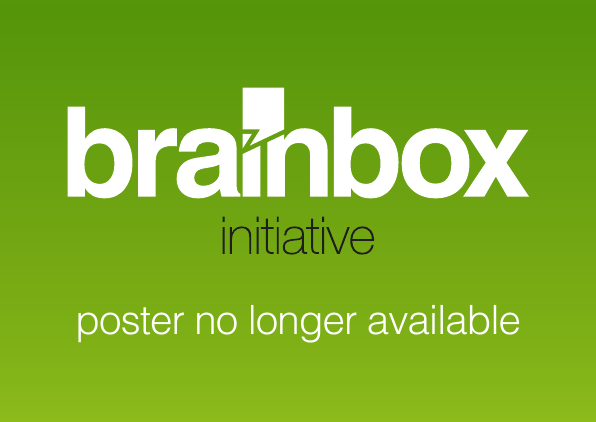
Transcranial direct current stimulation over parietal cortex enhances associative memory
Jovana Bjekić, Katarina Vulić, Marco Živanović, Saša R Filipović
Institute for Medical Research, University of Belgrade
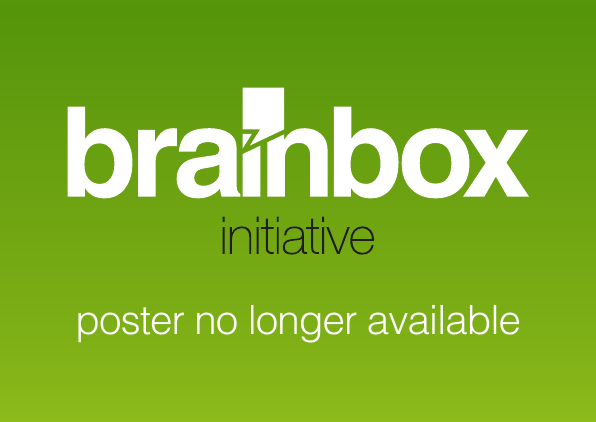
Effects of transcranial direct-current stimulation (tDCS) on decision making
Yuri de Castro Machado
Universidade Federal de Minas Gerais
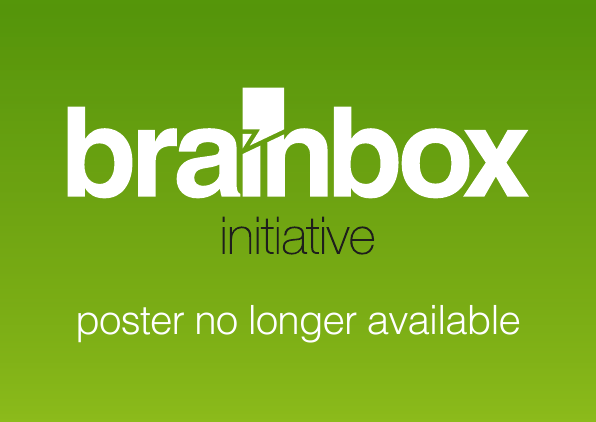
Is transcranial magnetic stimulation a useful biomarker for epilepsy?
Satoshi Kodama1, Yuichiro Shirota1, Yusuke Sugiyama1, Juuri Otsuka1, Kazuya Sato1, Chihiro Hosoda2, Masashi Hamada1
1Department of Neurology, Graduate School of Medicine, The University of Tokyo
2Department of Physiology, Teikyo University School of Medicine
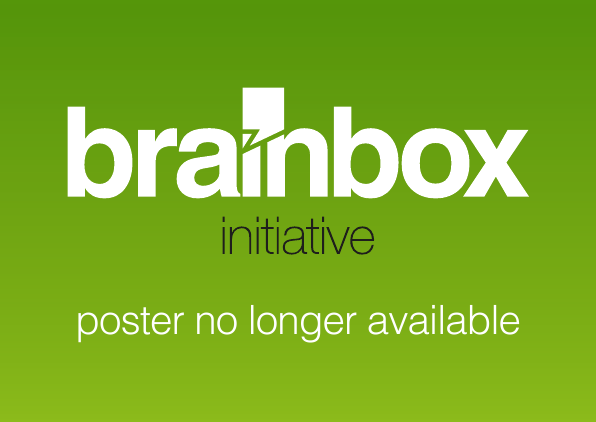
Focality of Excitatory and Inhibitory processes probed by paired pulse TMS
Ekaterina Ivanina1, Anastasia Asmolova1, Michael Ivanov1, Novikov Pavel2, Vadim Nikulin2,4, Maria Nazarova2,3
1Department of Psychology, Higher School of Economics, Moscow, Russia
2Centre for Cognition and Decision Making, Institute for Cognitive Neuroscience, National Research University Higher School of Economics, Moscow, Russia
3Federal Center for Cerebrovascular Pathology and Stroke, The Ministry of Healthcare of the Russian Federation, Federal State Budget Institution, Moscow, Russia
4Department of Neurology, Max Planck Institute for Human Cognitive and Brain Sciences, Leipzig, Germany
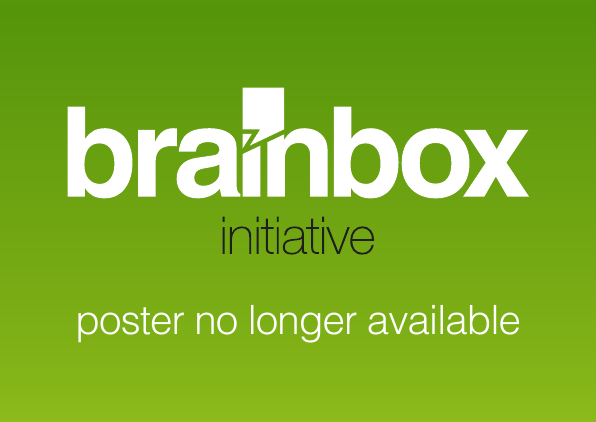
Cerebral blood flow and paired-pulse TMS: A potential relationship?
Samantha Coté1, Russell Buttler1, Kevin Whittingstall1, Jean-Francois Lepage2
1Department of Nuclear Medicine and Radiobiology, Sherbrooke University
2Department of Pediatrics, Sherbrooke University
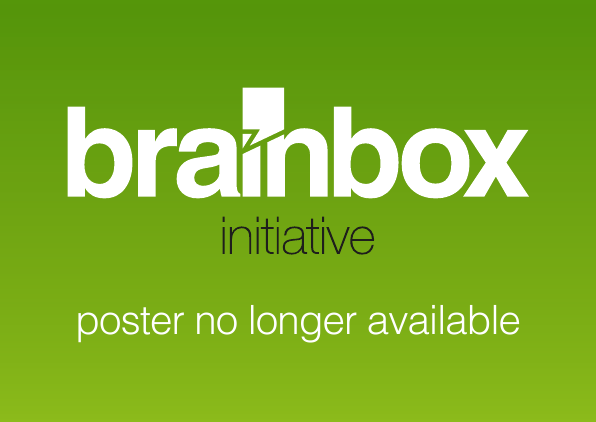
Imaging slow impedance changes in focal epilepsy model in porcine brain with EIT and depth electrodes
Anna Witkowska-Wrobel1, Kirill Aristovich1, Abbe Crawford2, Jamie Viscasillas2, Thaleia-Rengina Stathopoulou2, Justin Perkins2, David Holder1
1Medical Physics and Biomedical Engineering, University College London, United Kingdom
2Royal Veterinary College, Hawskhead Lane, North Mymms, Hatfield, United Kingdom
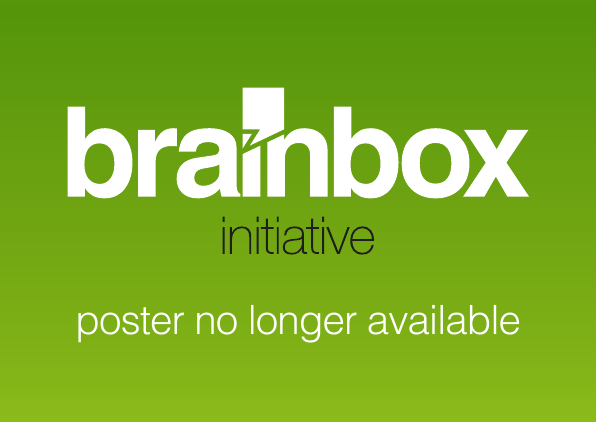
Asymmetry of Brain Excitability: A New Biomarker that Predicts Objective and Subjective Symptoms in Multiple Sclerosis
Chaves A.R.1, Wallack, E.M.1, Kelly, L.P.1, Pretty, R.W.1, Wiseman, H.D.1, Chen, A.1, Moore C.S.2, Stefanelli, M.3, Ploughman, M.1
1Recovery and Performance Laboratory, Faculty of Medicine, L.A. Miller Centre, Memorial University of Newfoundland, St John’s, NL, Canada
2Division of BioMedical Sciences, Faculty of Medicine
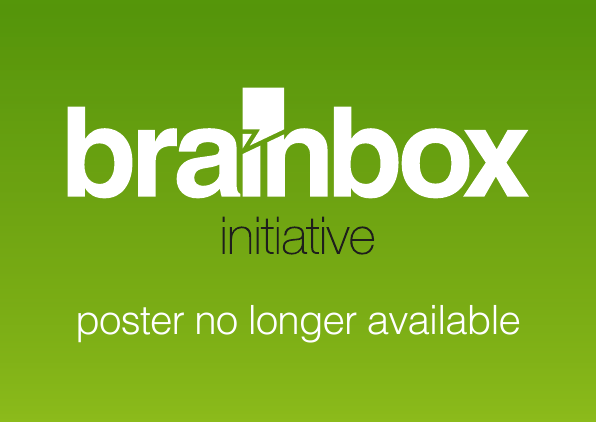
Suppressive occito-parietal interactions for visual perceptual learning
Polytimi Frangou1, Vasileios M. Karlaftis1, Uzay E. Emir2, Marta Correia3, Caroline Nettekoven4, Emily L. Hinson4,5, Stephanie Larcombe4, Holly Bridge4, Charlotte J. Stagg4,5, Zoue Kourtzi1
1Adaptive Brain Lab, Department of Psychology, University of Cambridge
2School of Health Sciences, Purdue University
3MRC Cognition and Brain Sciences Unit, University of Cambridge
4Oxford Centre for Human Brain Activity (OHBA), Department of Psychiatry, University of Oxford
5Centre for Functional MRI of the Brain (FMRIB), Nuffied Department of Clinical Neurosciences, University of Oxford
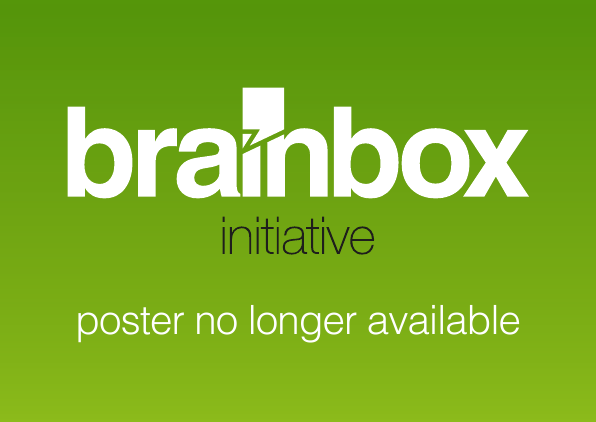
Effect of combined tDCS and treadmill walking on cortical activity during dual task walking in young and older adults
Diego Orcioli-Silva, Aisha Islam, Yen Phong, Mark R Baker, Lynn Rochester, Annette Pantall
Newcastle University
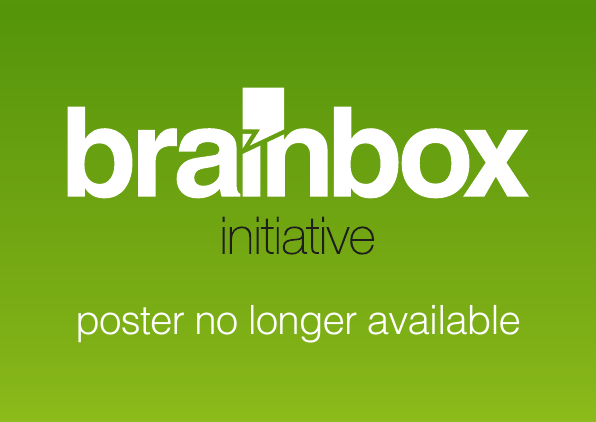
Changes in resting state brain networks and performance on a 2-ball juggling task following observation and transcranial direct current stimulation (tDCS)
Harvey Lee1, Rebecca Kenny1,2, Leyla Brucar1,2, Nicola Hodges3, Naznin Virji-Babul1,2
1Djavad Mowafaghian Centre for Brain Health, University of British Columbia
2Department of Physical Therapy, University of British Columbia
3School of Kinesiology, University of British Columbia
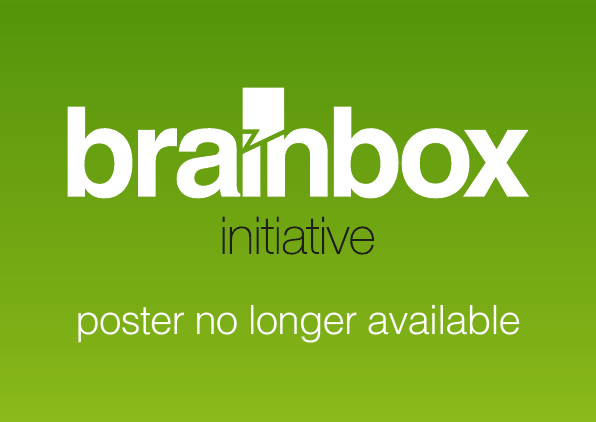
Proportions of robotic TMS cortical motor maps correlate with motor function in children
Adrianna Giuffre, Zewdie E., Kuo H.C., Carlson H., Kirton A
University of Calgary
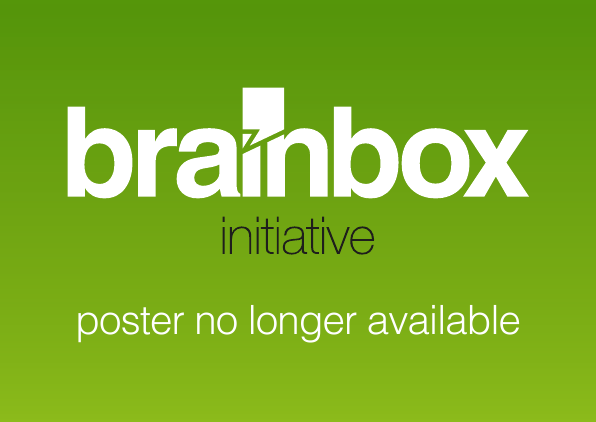
Changes in resting state brain networks post sports related concussions following an in home transcranial direct current stimulation (tDCVS) program – A Case Report
Rebecca Kenny1,2, Marom Bikson4, Leigh Charvet5, Naznin Virji-Babul1,3
1Djavad Mowafaghian Centre for Brain Health, University of British Columbia
2Department of Medicine, University of British Columbia
3Department of Physical Therapy, University of British Columbia
4Department of Biomedical Engineering, The City College of the City University of New York
5NYU MS Comprehensive Care Center, Department of Neurology, New York University School of Medicine
3Department of Epidemiology & Public Health, UCL, London.
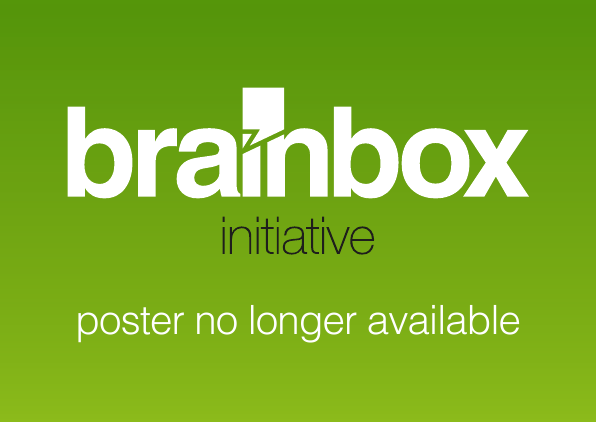
Modulating the effective connectivity in the default mode network via tDCS over the right inferior parietal lobe
Sean Coulborn1,2, Davinia Fernández-Espejo1,2
1School of Psychology, University of Birmingham
2Centre for Human Brain Health, University of Birmingham
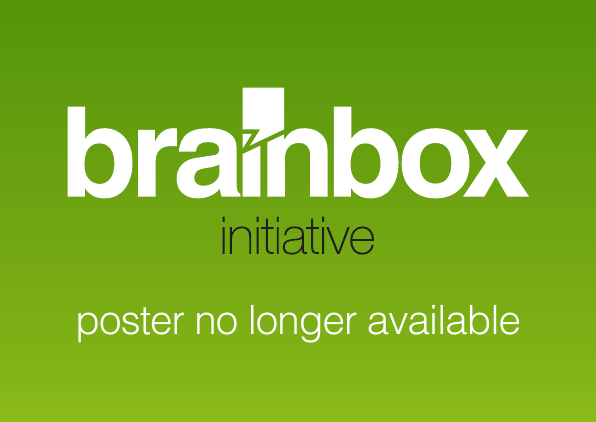
Cognitive function changes with age with may be reflected by changes in prefrontal cortical activity (PFC)
Aisha Islam
Newcastle University
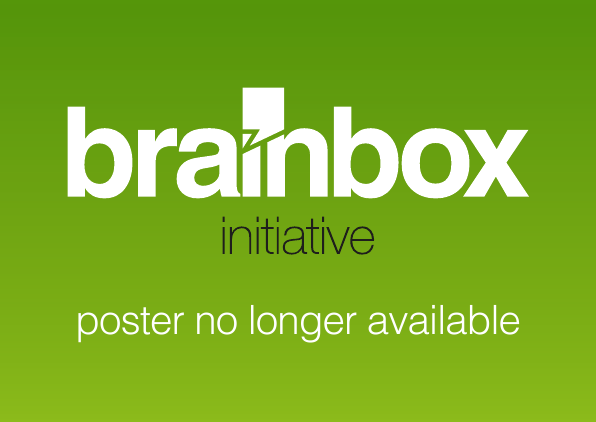
Changing PMd activity using anodal transcranial direct current stimulation during repetitive practice impacts sleep but not time dependent consolidation
Taewon Kim & David L. Wright
Department of Health and Kinesiology, Texas A&M University, USA
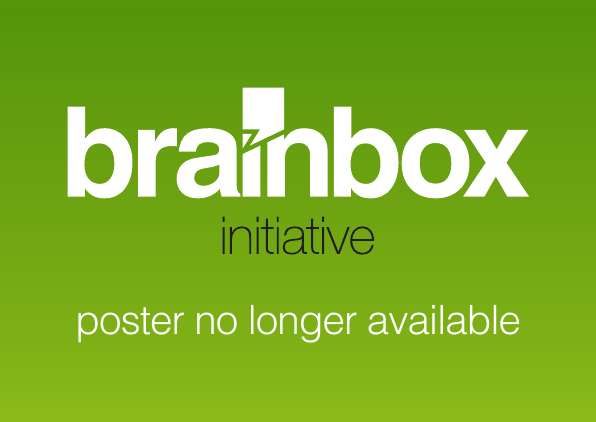
Vagus nerve stimulation-induced laryngeal motor evoked potentials: a possible biomarker of effective nerve activation
Simone Vespa1, Lars Stumpp1, Charlotte Bouckaert2, Jean Delbeke1, Hugo Smets3, Joaquin Cury3, Susana Ferrae Santos1,4, Herbert Rooijakkers5, Antoine Nonclercq3, Robrecht Raedt2, Kristl Vonck2,6, Riëm El Tahry1,4
1Institute of Neuroscience (IONS), Université Catholique de Louvain, Brussels, Belgium
24Brain, Institute for Neuroscience, Ghent University, Ghent, Belgium
3Bio, Electro and Mechanical Systems (BEAMS), Université Libre de Bruxelles, Brussels, Belgium
4Centre for Refractory Epilepsy, Cliniques Universitaires Sant Luc, Brussels, Belgium
5Department of Neurosurgery, Cliniques Universitaires Saint Luc, Brussels, Belgium
6Reference Center for Refractory Epilepsy, Department of Neurology, Ghent University, Ghent, Belgium
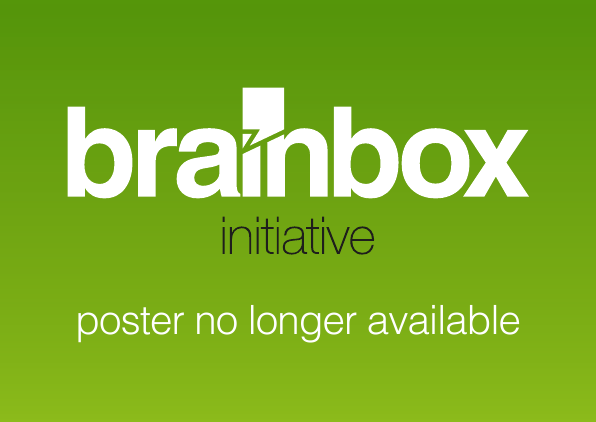
Inter-areal phase synchrony modulations motion discrimination: a tACS-EEG study
Roberto Felipe Salamanca-Giron1,2, Estelle Raffin1,2, Krystel Huxlin3,4, Friedhelm Christoph Hummel1,2,5
1Defitech Chair of Clinical Neuroengineering, Center for Neuroprosthetics and Brain Mind Institute, EPFL, Geneva, Switzerland
2Defitech Chair of Clinical Neuroengineering, Center for Neuroprosthetics and Brain Mind Institute, EPFL Valais, Sion, Switzerland
3The Flaum Eye Institute, University of Rochester, Rochester, NY, USA
4Center for Visual Science, University of Rochester, Rochester, NY, 14627, USA
5Clinical Neuroscience, University of Geneva Medical School, Geneva, Switzerland
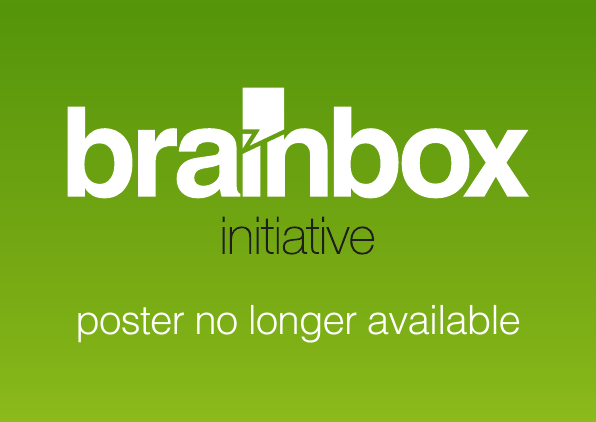
Failure of sham control during 1mA and 2mA transcranial direct current stimulation
Catherine Jackson, Christopher Turner, Gemma Learmonth
Institute of Neuroscience & Psychology, University of Glasgow
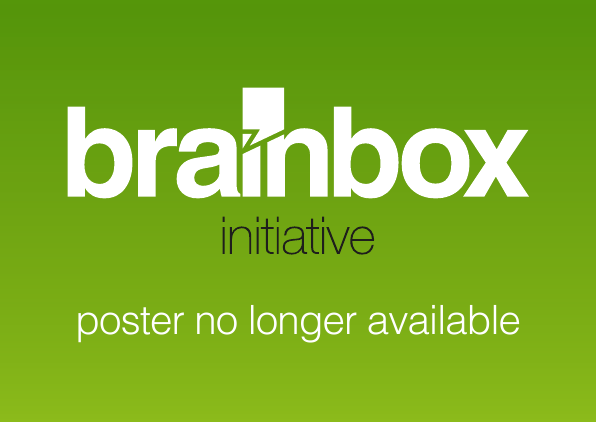
Behavioural effects of TMS over non-motor areas during object-oriented actions and perception
Vonne van Polanen1, Guy Rens1, Gavin Buckingha2, Marco Davare1
1Movement Control and Neuroplasticity Research Group, Biomedical Sciences Group, Department of Movement Sciences, KU Leuven, Belgium
2University of Exeter, Exeter
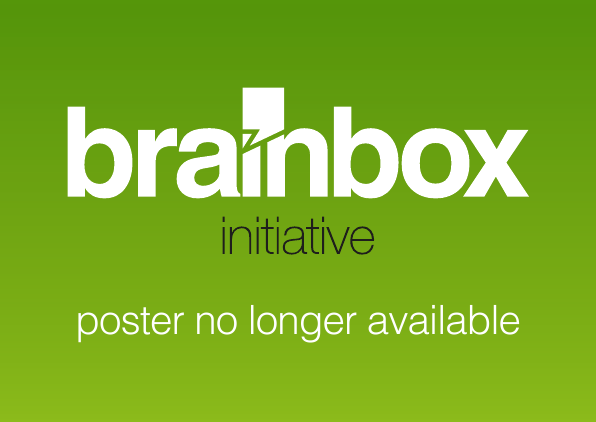
Intermittent theta burst stimulation prior to motor sequence learning modulates functional connectivity as well as GABA levels of the DLPFC
Markeike A. Gann1,2, Bradley R. King1,2, Nina Dolfen1,2, Kimberley L. Chan3,4,5, Nicolaas A. J. Puts3,4, Richard A. E. Edden3,4, Marco Davare1,2, Dante Mantini1,2, Stephan P. Swinnen1,2, Edwin M. Robertson6, Genevieve Albouy1,2
1Department of Movement Sciences, Movement Control and Neuroplasticity Research Group, KU Leuven, Leuven, Belgium
2Leuven Brain Institute, KU Leuven, Leuven, Belgium
3The Russell H. Morgan Department of Radiology and Raiological Science, The Johns Hopkins University School of Medicine, Baltimore, MD, USA
4F. M. Kirby Research Center for Functional Brain Imaging, Kennedy Krieger Institute, Baltimore, MD, USA
5Department of Biomedical Engineering, The Johns Hopkins University School of Medicine, Baltimore, MD, USA
6Institute of Neuroscience and Psychology, University of Glasgow, Glasgow, United Kingdom
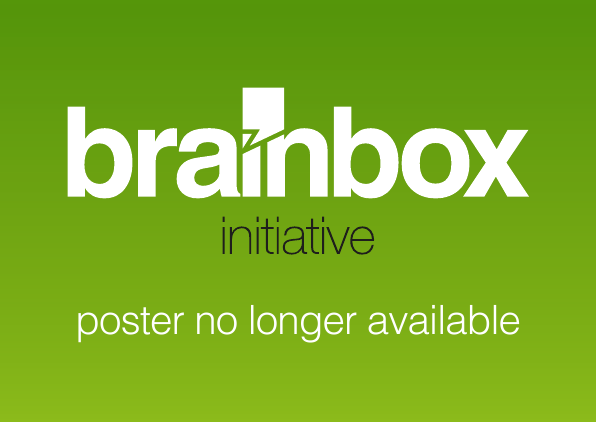
Resting-state effective connectivity changes during online tDCS over M1
Sara Calzolari1,2, Roya Jalali1,2, Davinia Fernández-Espejo1,2,
1School of Psychology, University of Birmingham, United Kingdom
2Centre for Human Brain Health, University of Birmingham, United Kingdom
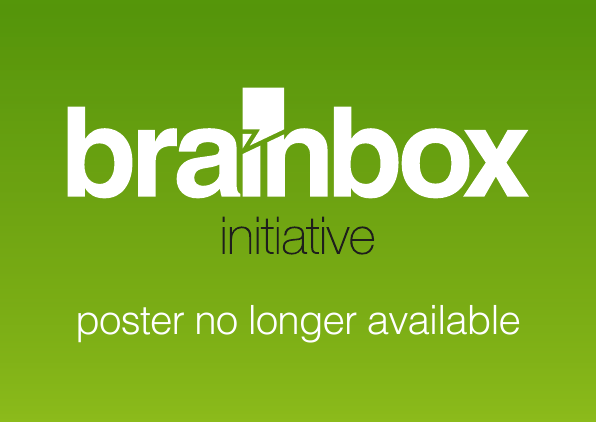
tRNS increases responsivity of motor cortex via stochastic resonance: neural evidence in humans
Weronika Potok1,2, Marc Bachinger1,2, Onno van der Groen1,3, Nicole Wenderoth1,2
1Neural Control of Movement Lab, Department of Health and Technology, Zurich, Switzerland
2Neuroscience Center Zurich, University of Zurich, Federal Institute of Technology Zurich, University and Balgrist Hospital Zurich, Zurich, Switzerland
3NeuroRehabilitation and Robotics Laboratory, Edith Cowan University, Joondalup, Australia
